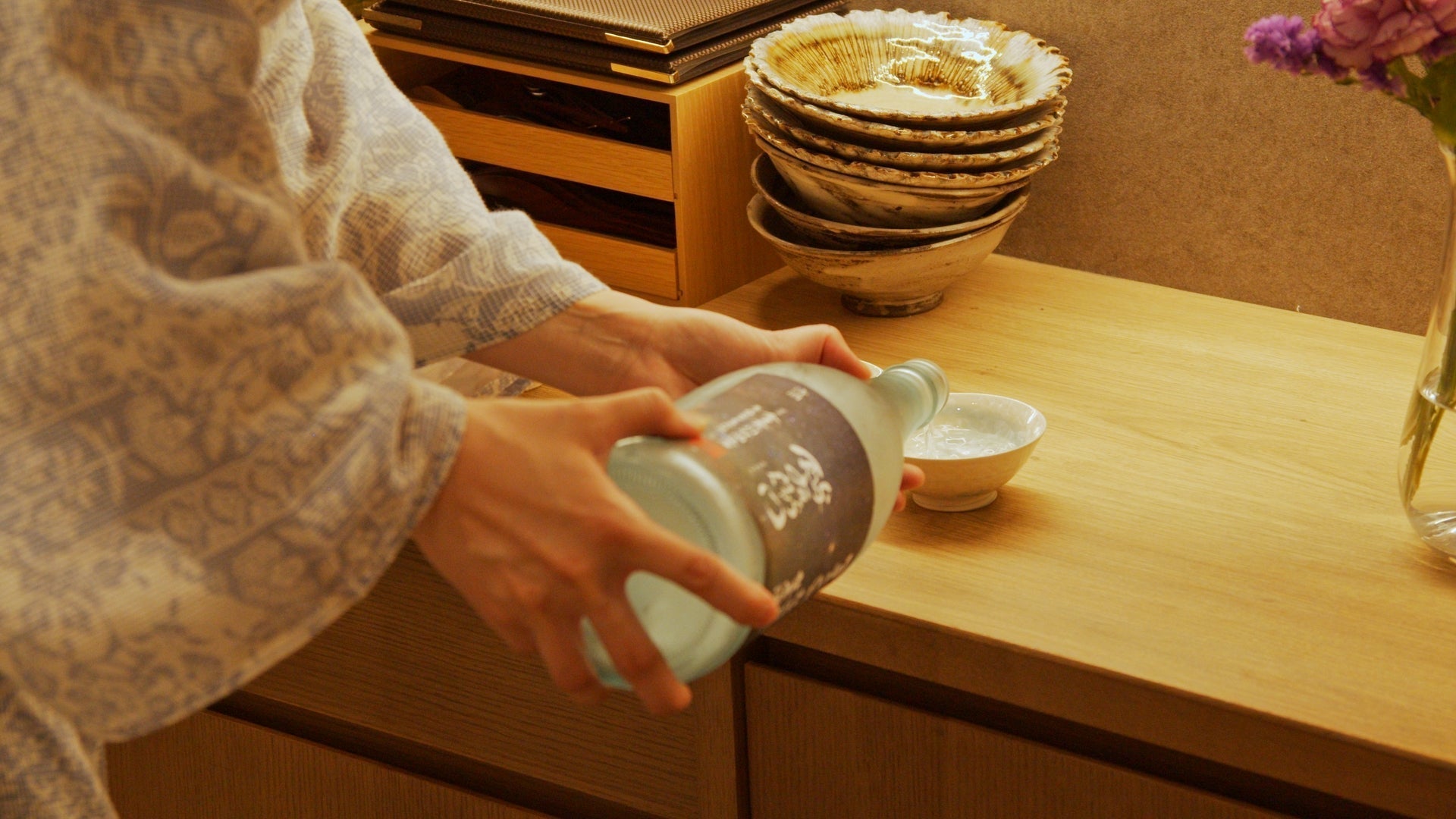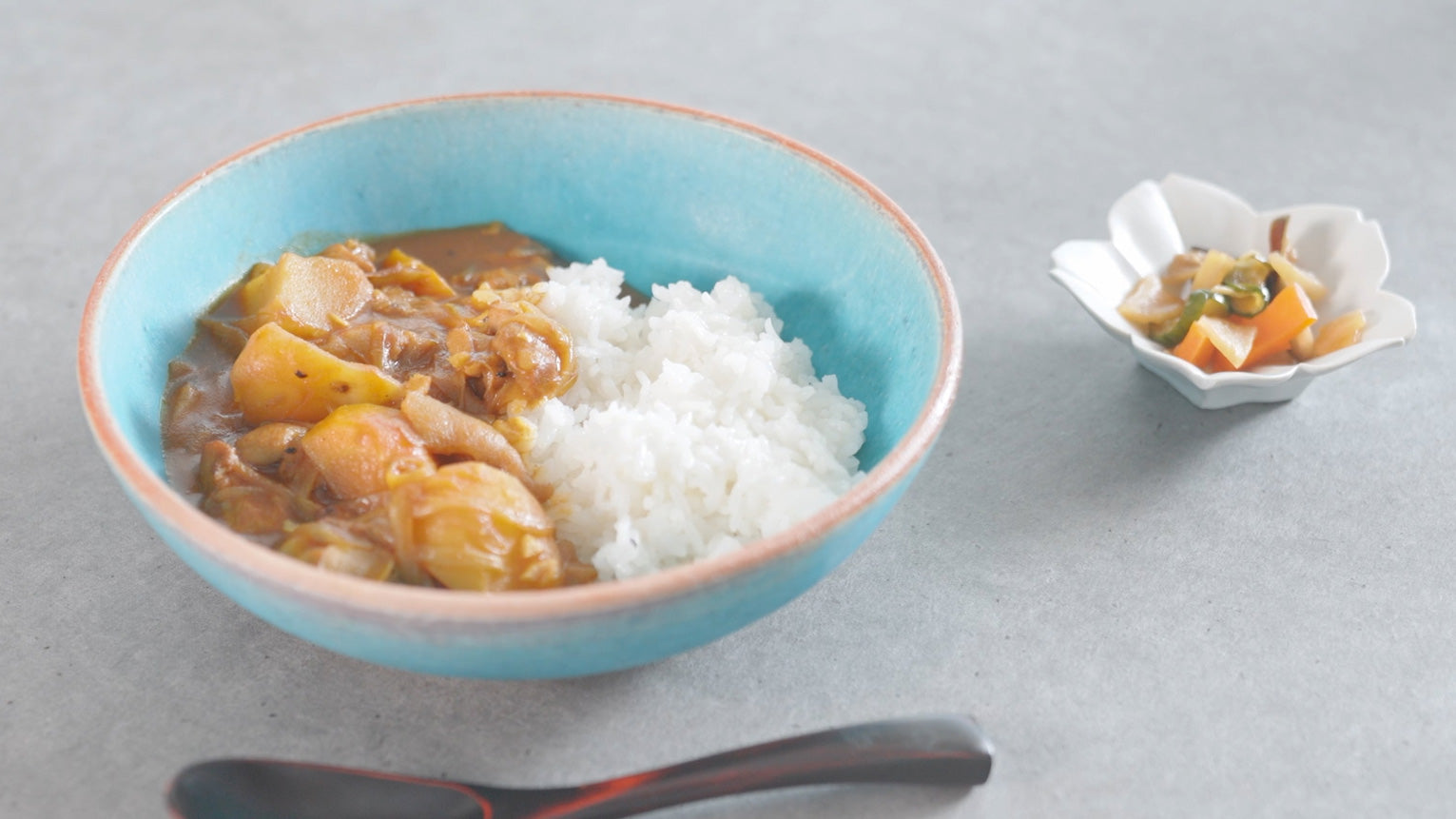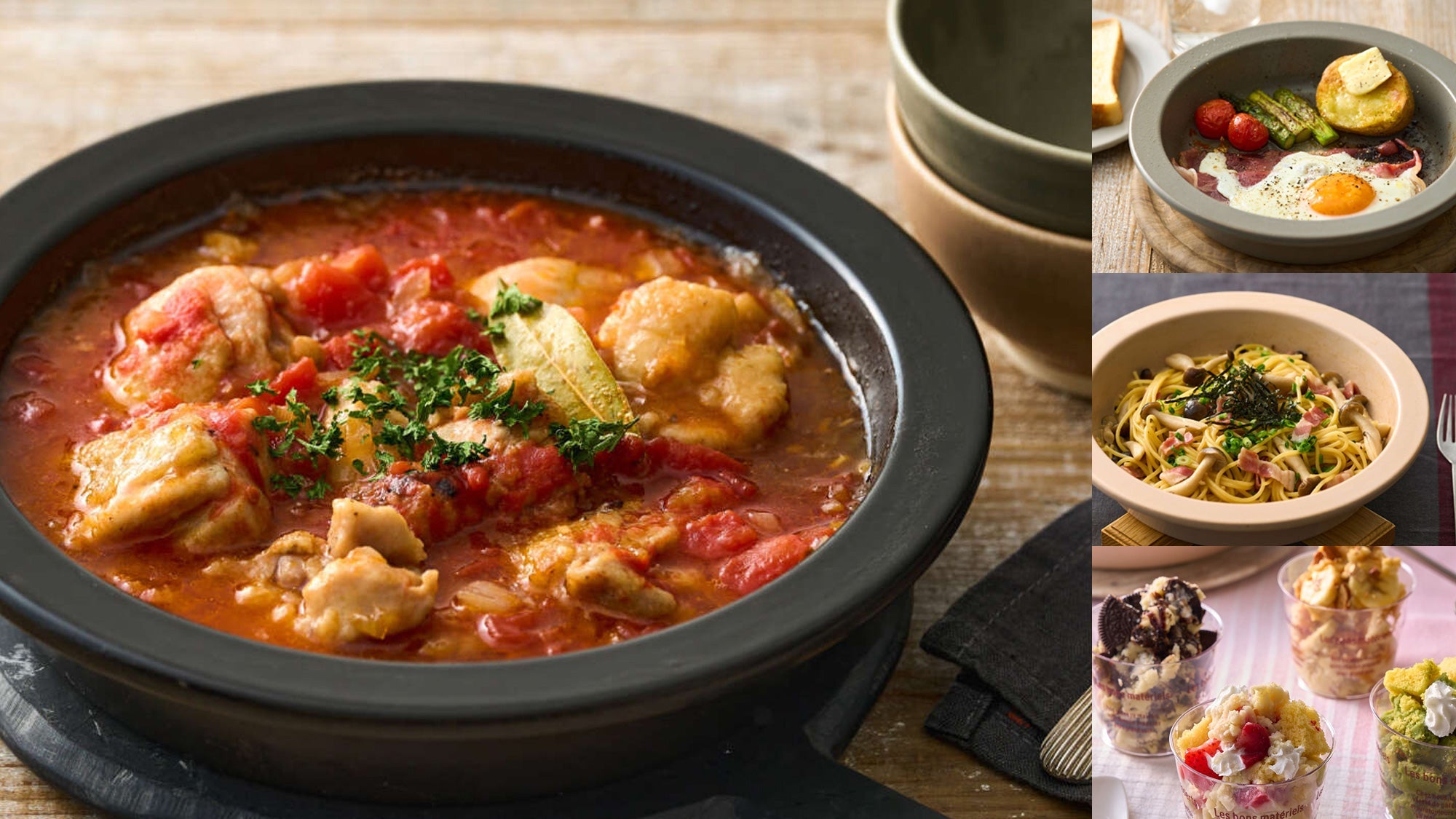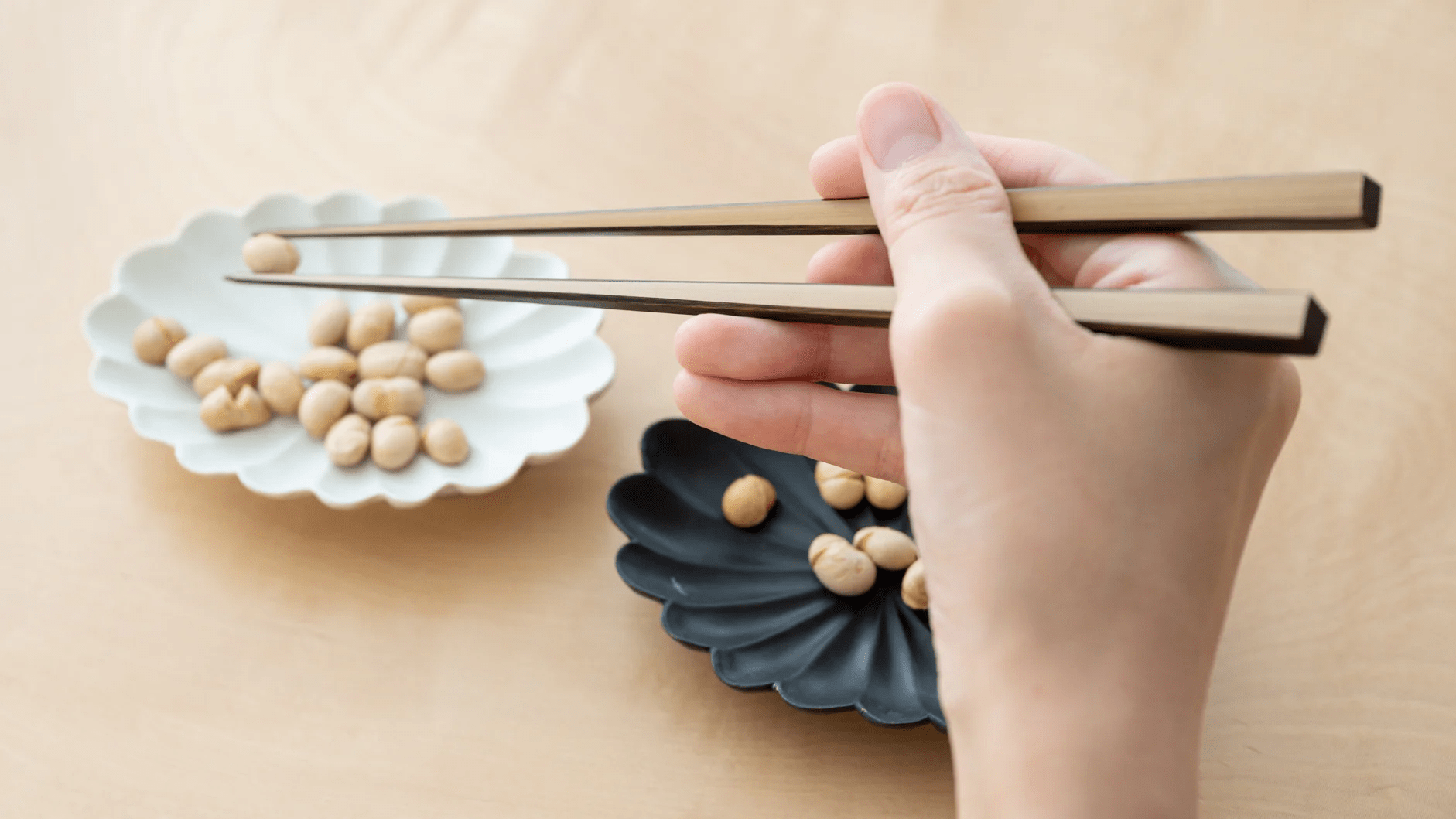
Discovering the Art of Sake Pairing at Shuzen Sameshima
Written by Team MUSUBI
Oimachi is a Tokyo neighborhood known for its Showa-era alleys and convenient train connections. And just a short walk from the train station is a hidden gem, Shuzen Sameshima, blending seamlessly into its surroundings with a house-like facade. Step inside, however, and you'll uncover a unique dining experience that masterfully combines the culinary versatility of kappo cuisine with the delicate nuances of fine sake.
Team Musubi had the pleasure of visiting this renowned restaurant and savoring a meticulously crafted nine-course meal, accompanied by carefully selected sake pairings.
table of contents
Sake at Shuzen Sameshima

Run by Chef Sameshima Taishi and his wife, Tomoyo, a certified sake sommelier, Shuzen Sameshima operates with a clear philosophy: sake is best enjoyed with food. This intimate, eight-seat restaurant takes pride in serving pure rice junmai sake, meticulously chosen for its ability to enhance the dining experience and its unparalleled quality. Chef Sameshima and his wife emphasize the importance of temperature in sake, serving it chilled, warm, or at room temperature, depending on what best complements the food. This careful attention to detail ensures that each pairing enhances the flavors, creating a harmonious balance between the sake and the dish.
Sake Pairing Tips
"We start with lighter flavors and progress to more robust ones, adjusting the sake accordingly," begins Tomoyo. Seasonal availability plays a crucial role in selecting the sake, ensuring that the flavors complement the time of year. "We also vary the temperature of the sake, offering it both cold and heated, so guests can experience it in different ways."

When it comes to pairing sake with food, balance is key. "Harmony often means matching similar flavors, but a little contrast can enhance the tasting experience." This approach allows sake’s unique characteristics to shine through while complementing the dish. Tomoyo also shared an interesting insight on fried foods: "I often drain the oil from fried dishes, but pairing them with the freshness of namazake, unpasteurized sake, really brings out their juicy flavors." This combination highlights the interplay between the sake’s crispness and the richness of the food.

For those new to sake, Tomoyo recommends starting with fruity varieties. "Fruity sake is usually easier to drink for beginners, and it pairs wonderfully with sashimi." To balance the fishiness of sashimi, she suggests adding salt or a sour citrus like sudachi, which enhances the dish's compatibility with fruity sake. She also noted that sake isn't just for Japanese food. "I think cheese pairs better with sake than wine,” she remarks with a laugh. Sake with high lactic acid content, such as kimotozukuri or yamahaijikomi, complements dairy products exceptionally well, creating a harmonious balance of flavors.

Sake Pairing Experience
First Course: Lightly Fried Vegetable and Hamo

Our meal began with a lightly fried zucchini paired with hamo, or pike conger, a delicacy known for its small bones that Chef Sameshima skillfully cuts. The dish was light on the palate, perfectly complemented by a sweet, slightly carbonated sake that paired beautifully with the saltiness and airiness of the food. It was an ideal starter, refreshing and delicate.
Second Course: Chawanmushi with Corn and Crab

Third Course: Tuna Sashimi with Okra

Fourth Course: Kagoshima Wagyu with Vegetables and Mushroom

Fifth Course: Aji Fry

Sixth Course: Somen with Tomato and Scallops

Seventh Course: Ibo-dai with Green Pepper

Eighth Course: Tamagoyaki with Kinpira and Pickles

Ninth Course: Yogurt Mousse with Passion Fruit

For dessert, we enjoyed creamy yogurt mousse topped with flavorful passion fruit, paired with sencha green tea. The acidity of the fruit was balanced by the yogurt mousse, and the tea provided a refreshing finish, cleansing the palate and concluding the meal on a high note.
Team Musubi’s visit to Shuzen Sameshima was more than just a meal; it was an immersive exploration of Japanese culinary tradition and the art of sake pairing. Chef Sameshima Taishi’s dedication to seasonal ingredients and meticulous craftsmanship combined with insightful guidance from Tomoyo made every course special. Whether you are a seasoned sake enthusiast or new to Japanese dining, a visit to Shuzen Sameshima promises an unforgettable culinary experience.
To uncover the story behind the stunning Japanese tableware that adorns each dish at Shuzen Sameshima, read our journal From Kiln to Counter: Myousen Toubou at Shuzen Sameshima.
Shuzen Sameshima
ooi333 1F, 3-3-3 Oimachi, Shinagawa-ku, Tokyo








Leave a comment
This site is protected by hCaptcha and the hCaptcha Privacy Policy and Terms of Service apply.